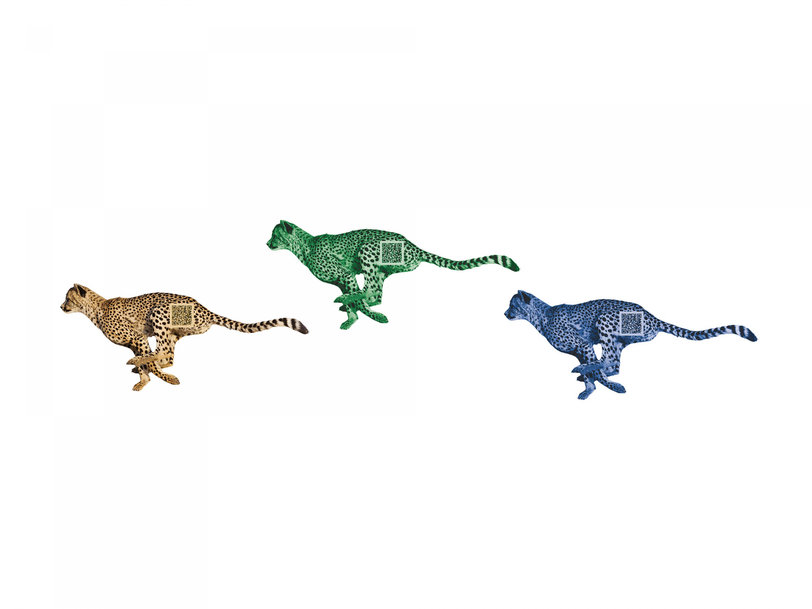www.auto-innovations.net
01
'21
Written on Modified on
Dunkermotoren News
Device data - the DNA of the electric drive
"Throttle up," "Brake up," "Turn left," "Wiper on," "Kill high beams," … These are just a few of the basic functions of any motor vehicle. Some vehicles have special functions: "Panorama roof open" or "Seat heating level 3" or "Interior lighting: dark blue".

All these functions are monitored and controlled in the vehicle by a software program in a control unit. Does this mean that a separate control software must be programmed for each individual vehicle? No. Very extensive software is installed, and the corresponding program parts are activated as soon as an additional device is installed in the vehicle.
On the one hand, this significantly reduces the number of different software programs. On the other hand, it creates a very flexible system in which new extensions are simply added to the overall software and activated as required.
What has been established in the automotive industry also works for BG motors with integrated electronics since the introduction of the Motor Control Platform (MCP). For example, every dPro CO motor, regardless of size (BG 45, BG 66, BG 95, etc.,), whether with absolute encoder, with 24 V or 60 V winding or with additional SSI interface, has the same software program that controls the motor sequences.
This software program is called "Firmware". After the final test, it is installed on each motor. Thus, the motor already receives all possible functions. Now the individualization begins. Motors have different windings and thus different maximum motor currents, which may flow permanently or for a short time. Motors also have different encoders or brakes with different characteristics attached. These and many more individual data are uploaded to the motor. They are called device data, i.e. "device-specific data".
But what does the user gain from this?
Users suddenly have not only the motor, but the complete drive in view. The device data not only contains motor-specific data, but also all information on attached encoders, gears, brakes, etc. In the previous motor generation, all parameters had to be set, such as the encoder resolution or the maximum current with which a certain motor may be operated and which is the transmission ratio of the attached gear unit. Previously, this information had to be read from the catalogue, data sheet or from the nameplate. A motor with MCP electronics has all this information stored and provides it at a glance. This means that a digital nameplate of the complete drive is available. This saves a lot of time, especially during commissioning. Motor electronics, motor and attachments are already perfectly matched to each other ex-works.
Why should a user also have to deal with data such as maximum current, encoder resolution or gear ratio? A user would like to either execute a positioning task, call up a constant speed or a constant torque. He wants to see the electric drive as a whole and not just as individual parts that are screwed together. Device data is the putty that connects the individual parts to form a unit, making a complete drive from individual drive components.
But that's not all. For the engineers at Dunkermotoren, it was obvious to use the individual drive data even more to better control the accuracy of the motion sequences of drives: Every electronic component is subject to certain tolerances. An integrated current sensor measures an electrical current of 140 A perhaps as 139.8 A, whereas another sensor measures the same current as 141.1 A. During production of the motor electronics, this value can be determined very precisely and the measured value can be corrected by software. The correction factor is stored in the device data.
This closes the circle to the motor vehicles. There, too, the engine parameters are fine-tuned after production to ensure that the vehicle works as effectively as possible.
With the device data, Dunkermotoren has paved the way away from rigid individual components to individual complete drives. For customers, the complete drive becomes on the one hand more transparent, and on the other hand even more individually adapted to its application. The device data is the DNA of the electric drive.
www.dunkermotoren.com

